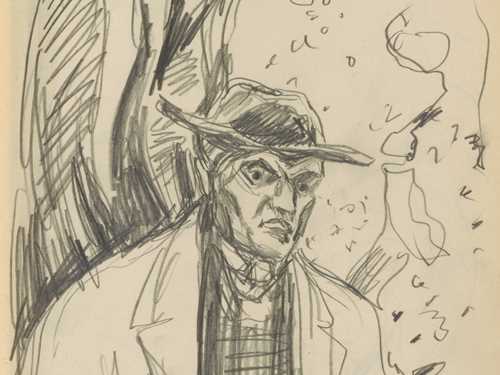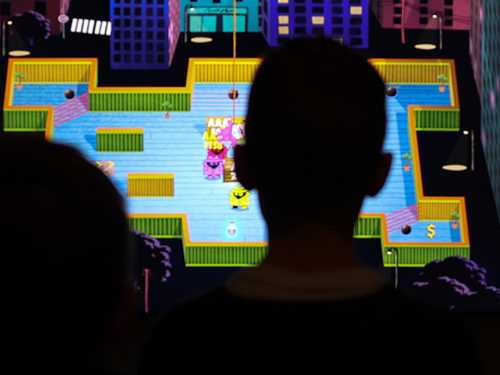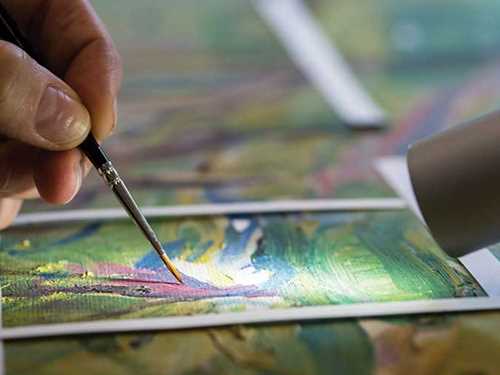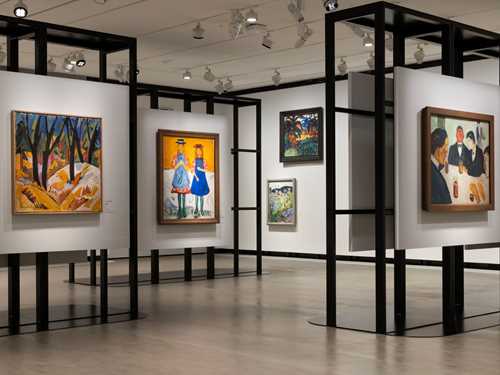LAB: New Snow 2Draw to explore
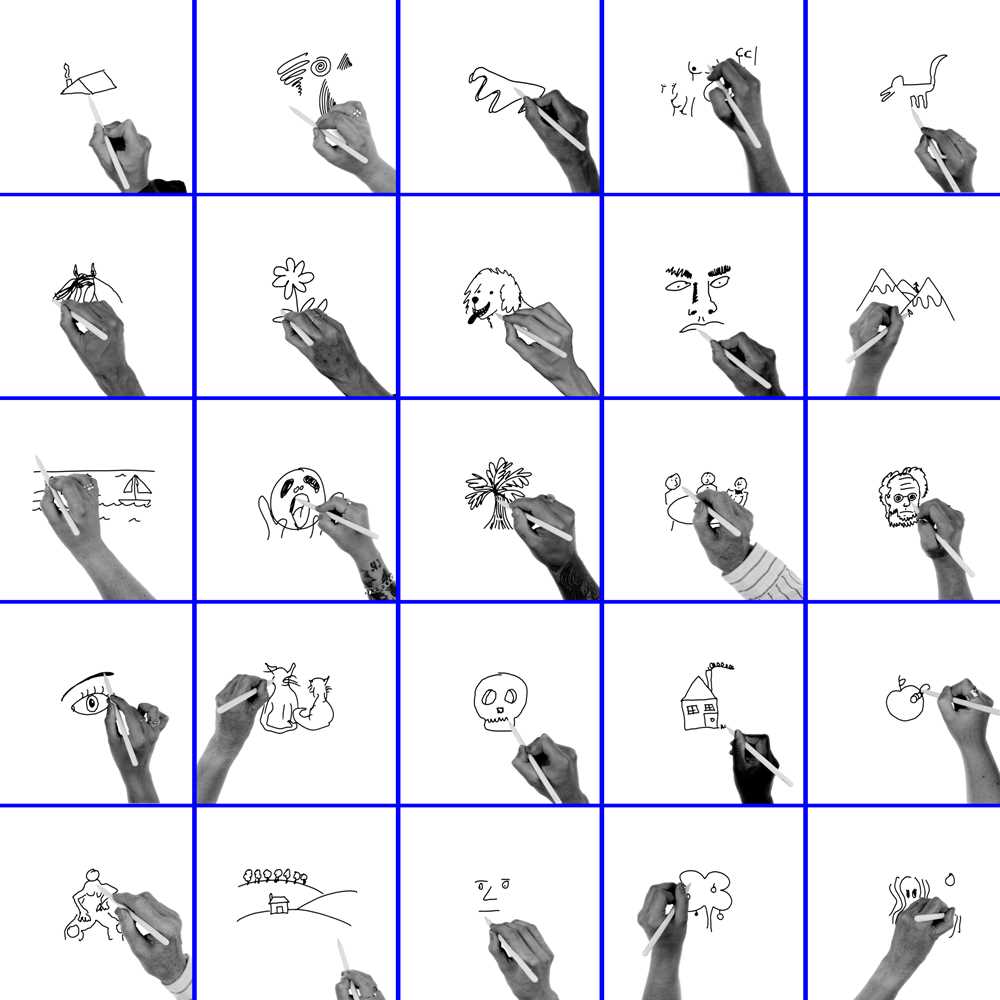
Interactive experience
New Snow 2 invites you to engage with the archive of Edvard Munch’s drawings by creating digital sketches of your own. Settle into our Lab space, pick up a tablet, and start drawing. As you sketch, the system uses artificial intelligence (AI systems) to analyse the marks you have made and select a drawing by Munch that has visual similarities. The system doesn’t generate new images or try to imitate Edvard Munch’s style – it’s a tool helping you to explore and enjoy the thousands of images that until now have mostly been buried deep in the museum’s vaults.
We invite you to explore this second version of New Snow – where your creativity acts as a pathway into Edvard Munch’s world.
A Fragile Collection
Day in, day out, Munch made drawings of the world around him. Every new drawing began with a blank white sheet of paper – as pristine and fresh as a landscape covered with new snow. His tireless pencil captured friends, enemies, strangers, models, animals, landscapes, street scenes, symbolic figures, caricatures, celebrities and much more.
The museum’s collection includes everything from the youthful drawings of Munch’s childhood years to the last drawings he made – more than 7000 in total. These drawings are incredibly delicate and rarely put on display. Whenever they do get exhibited, they have to ‘rest’ for a while afterwards. With the New Snow project, we aim to make this hidden world of fragile works more accessible and engaging for everyone.
The digitisation of Edvard Munch’s drawings was made possible with support from the Bergesen Foundation.
Why we are using AI in the development of New Snow:
With the New Snow project, we are exploring how AI can be used not for technology’s sake, but as a tool to deepen engagement with Edvard Munch’s drawings. Our aim is to create connections between a visitor’s own drawings and those of Munch – retrieving and generating new layers of interpretation, reflection and discovery.
What are the consequences – and what considerations must we take – when using such tools to create meaningful, intimate, and engaging encounters with the works in Munch’s archive? These are some of the ethical and conceptual questions we are working with in the project.
How we use AI models and data:
The development of New Snow 1 and 2 has been grounded in continuous feedback loops. From early tests to in-depth conversations with artists, students and museum visitors, this feedback has directly shaped our choices. For example: which AI models we use, how the interactivity feels, and what the system prioritises when matching your drawing to Munch’s work.
In New Snow 1, over 50,000 audience drawings were created, but only 1,814 works from the archive were explored or displayed. With this second version, we’re investigating how we can delve deeper into the archive and bring more of its content into the experience.
The improvements in New Snow 2 –including more accurate results and the ability to interpret colour – reflect what we’ve learned from our audiences: that the experience should feel intuitive, personal, and creatively open-ended.
In New Snow 2, we are also experimenting with large commercial AI models and collecting audience-generated drawings to help train future versions of the experience. These tests allow us to explore how such technologies can be used responsibly in a museum setting – helping us better understand their creative potential, limitations, and ethical implications.
Developed through a research collaboration
New Snow is a research and development project initiated and led by MUNCH. The concept, design and development of the experience were created as part of our ongoing work in the MUNCH Lab, where we explore new ways of engaging with Munch’s art.
To realise experimental projects like New Snow, we rely on partnerships that support creative exploration, experimentation and research.
The artificial intelligence system which creates a match between your drawings and those of Edvard Munch has been developed through a research collaboration with the technology company Tata Consultancy Services (TCS).
The interaction and front-end design is by independent designer and developer Jakobsen Frukt og Grønt, seamlessly connected to TCS’s back-end by Datadyr.
The New Snow teaser animation and the design of the information booklet are by Intercity.






